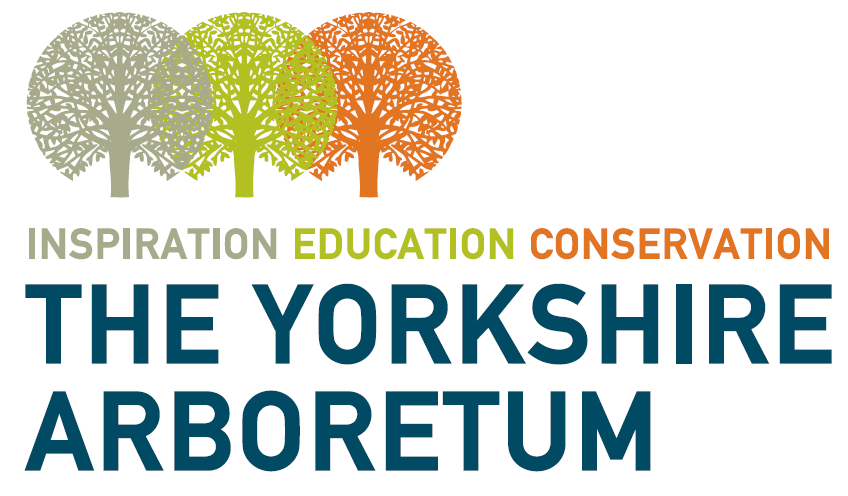£90 including buffet lunch
Why
Trees are often just a beautiful in winter as in summer, as their structure and shape are revealed. It adds a great deal to your appreciation of the winter landscape to know what trees you’re looking at, and there are practical advantages too – but it can be difficult without the leaves. Luckily there are plenty of clues, you just need to know what to look for.
Aim
This day course will introduce you to tree identification in winter, using on a combination of tree form, bark, and twig and bud characters, focusing on common and native deciduous trees growing in the Yorkshire Arboretum. Following a short introduction in the classroom, we will go outside to study them as growing trees before concluding with a comparative exercise inside.
This class is a stand-alone but is one of a three part Introduction to Tree Identification alongside Broad-leaves (30 September) and Conifers (28 October).
Objectives
Discuss the difficulties and opportunities for identifying trees in winter
Learn some obvious characters to look for, using all parts of the tree
Examine a range of specimens in the classroom to become familiar with details to look for
Study trees in the arboretum to see how characters work together to enable identification
Make a key to separate a selection of twigs on their buds and other features
Outcomes
By the end of the workshop, you will be able to:
Recognise a selection of native trees from their winter characteristics, enabling you to appreciate the landscape more
Understand what you should look for in an unknown tree to make a winter identification
Prepare a key to plant features
Know about useful resources to learn more
Useful accessories: Collins Tree Guide (Owen Johnson, 2006), The Field Key to Winter Twigs (John Poland, 2020), Identification of Trees and Shrubs in Winter using Buds and Twigs (Bernd Schulz, 2018), 10× hand lens



